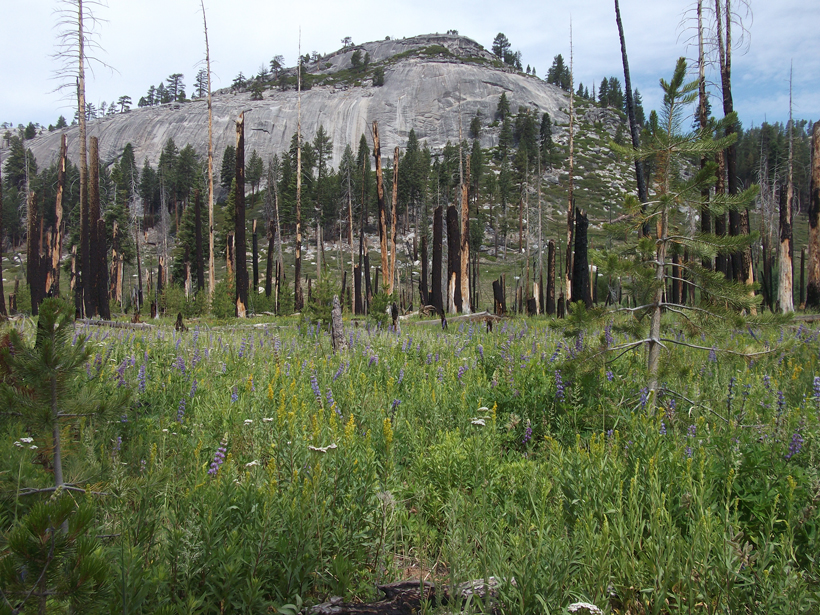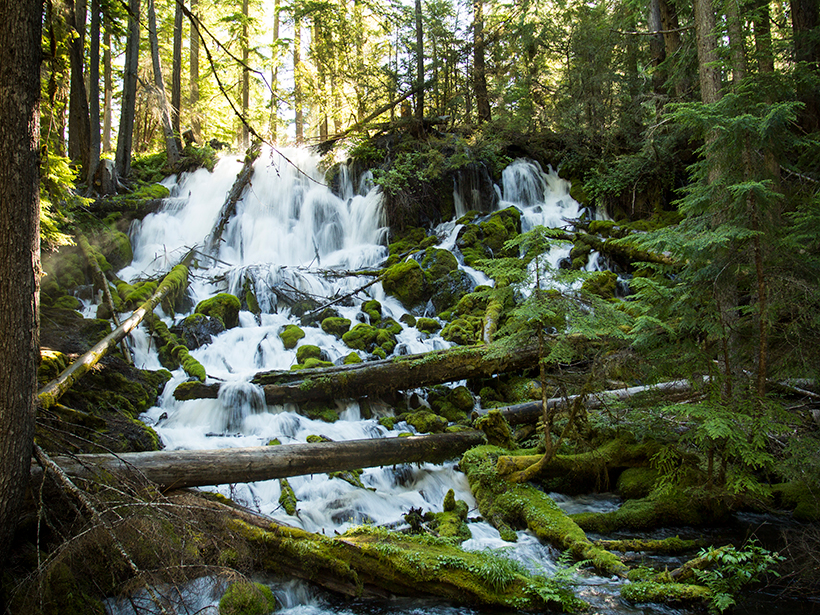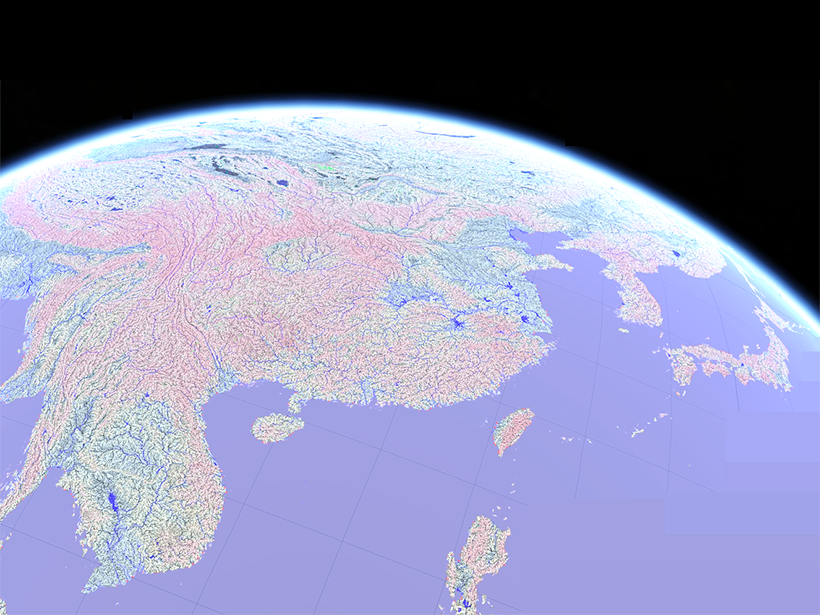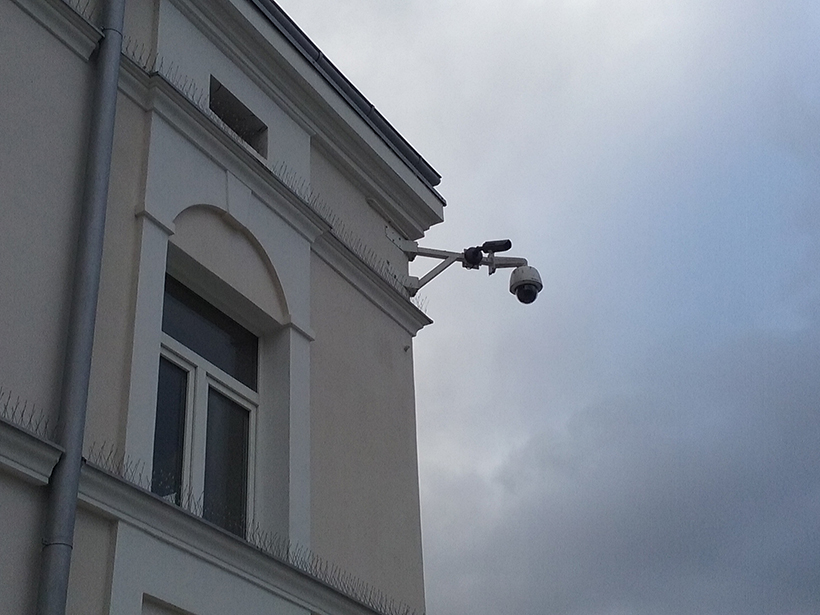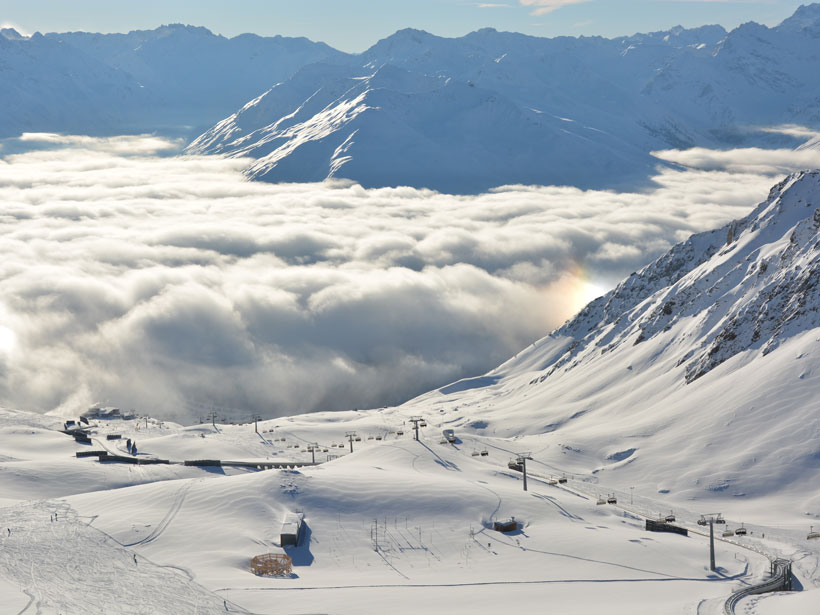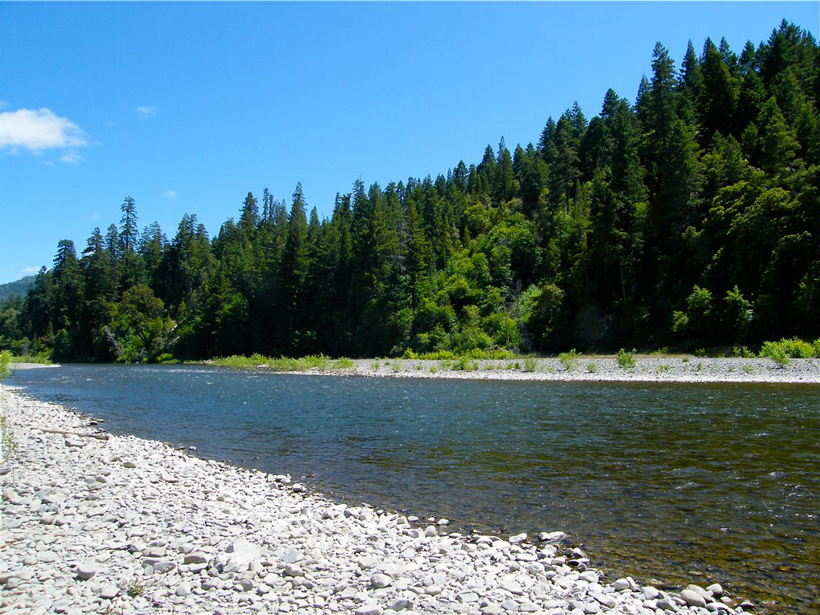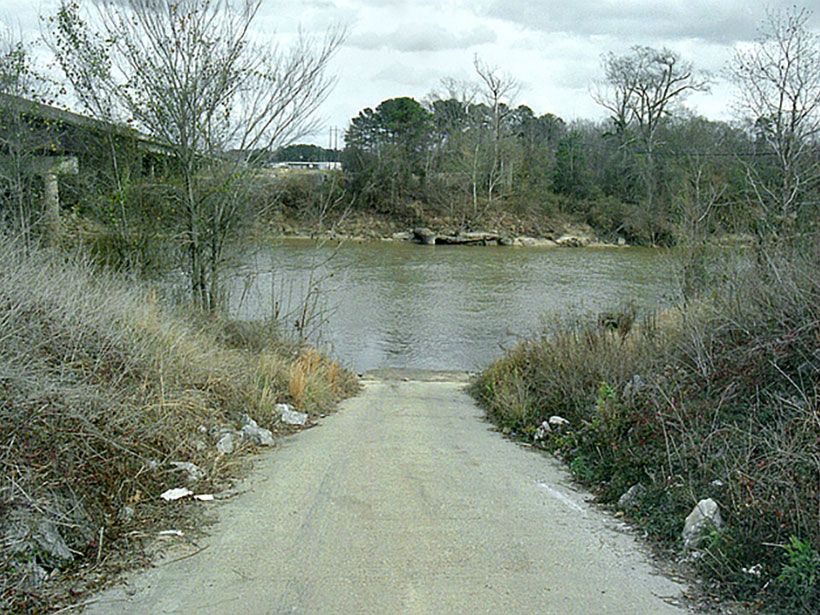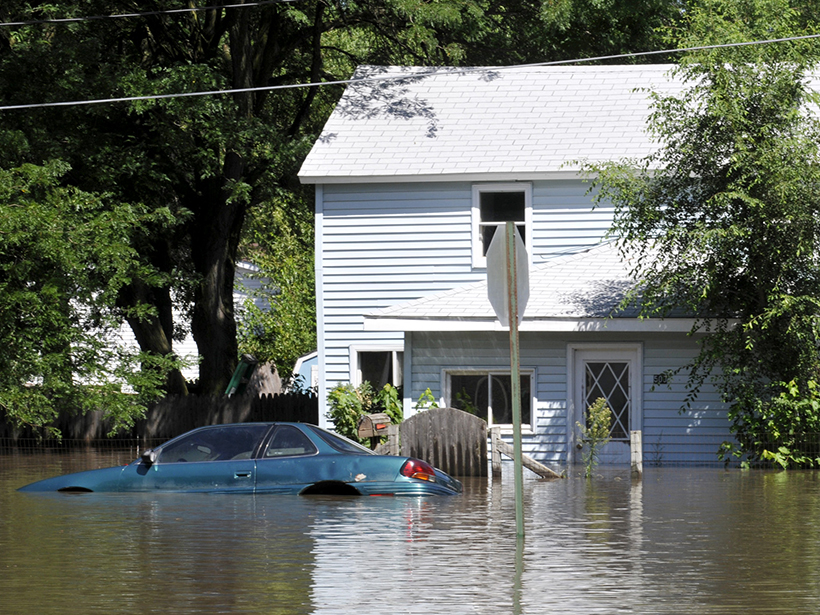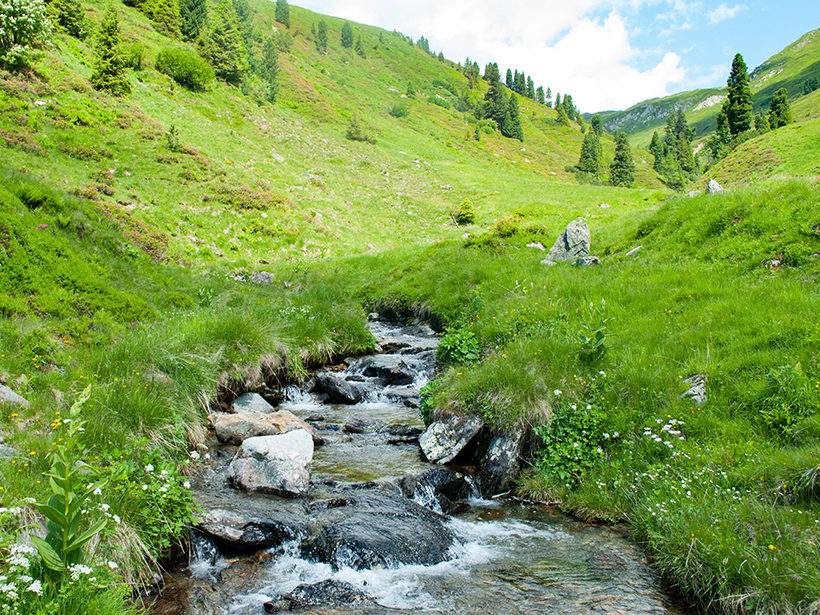Research in Yosemite National Park offers a new benchmark for understanding water balance changes in a mountainous basin 4 decades after its natural wildfire regime was reestablished.
Water Resources Research
Forested Streams May Warm More Than Observations Predict
Understanding how temperatures of cold-water streams respond to global warming could help clarify the impacts of climate change on aquatic ecosystems.
A More Accurate Global River Map
A new map of global river systems is based on crowdsourcing and the latest topography data sets.
Extreme Precipitation Expected to Increase with Warming Planet
A new analysis indicates that the frequency and magnitude of extreme precipitation events are expected to increase as Earth continues to warm.
Ordinary Security Cameras Could Keep an Eye on Rainfall
A new opportunistic sensing strategy could use existing closed-circuit television networks to accurately capture rainfall intensity, despite low-cost equipment and visually complex scenes.
Using GPS Sensors to Capture Key Snowpack Properties
A low-cost, two-antenna GPS setup could enable valuable snow measurements in remote locations, improving predictions of runoff and avalanche risk.
Answer to California Landscape Riddle Lies Underground
Scientists link vegetation mosaics in California to patterns of weathered bedrock.
A Novel Method for Assessing Model Sensitivity
This newly developed approach to assessing the quality of sensitivity analyses can be applied to any method without bootstrapping or additional model runs.
Calculating the Risk of Rare Floods
The first spatially realistic catalog of synthetic flood event risk across the entire United States uncovers high-risk areas and estimates the probability of another Katrina–level flood loss.
Modeling River Boulders to Improve Hydropower Sustainability
Large stones in streams provide crucial habitat for fish. Modeling the boulders and streamflow offers fresh insights into how water engineering projects alter aquatic habitats.

